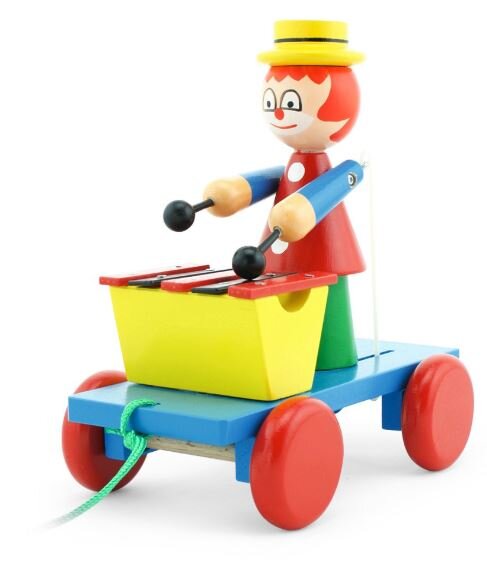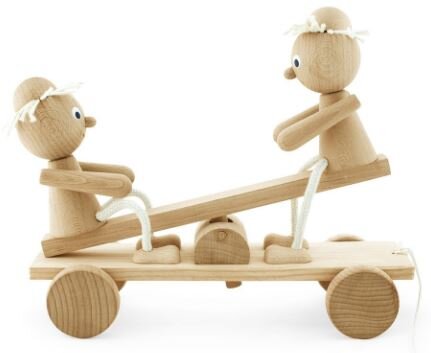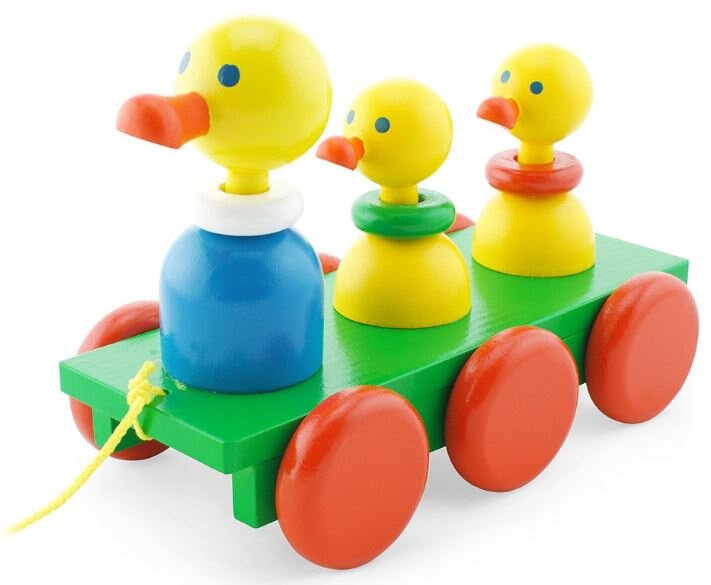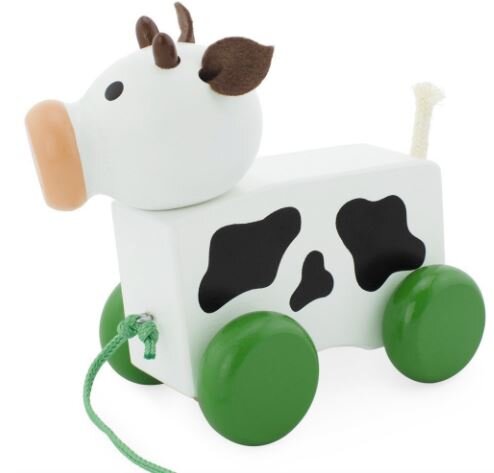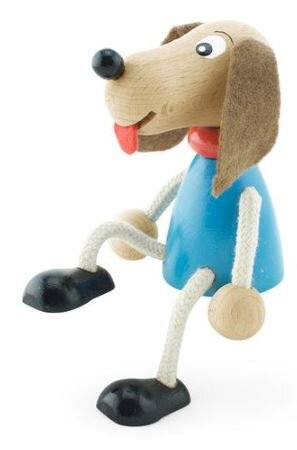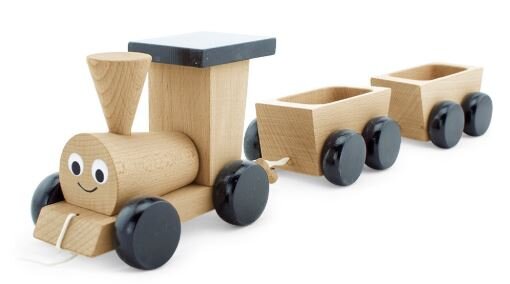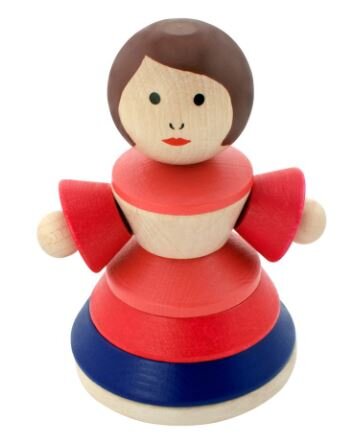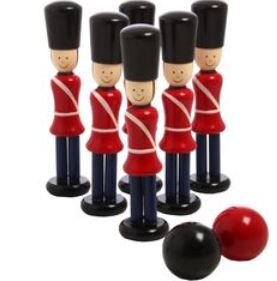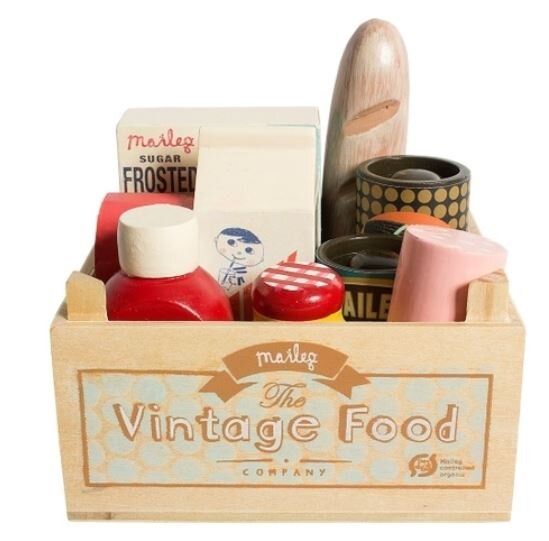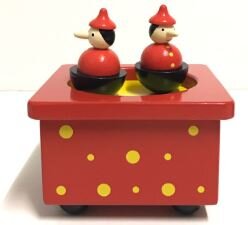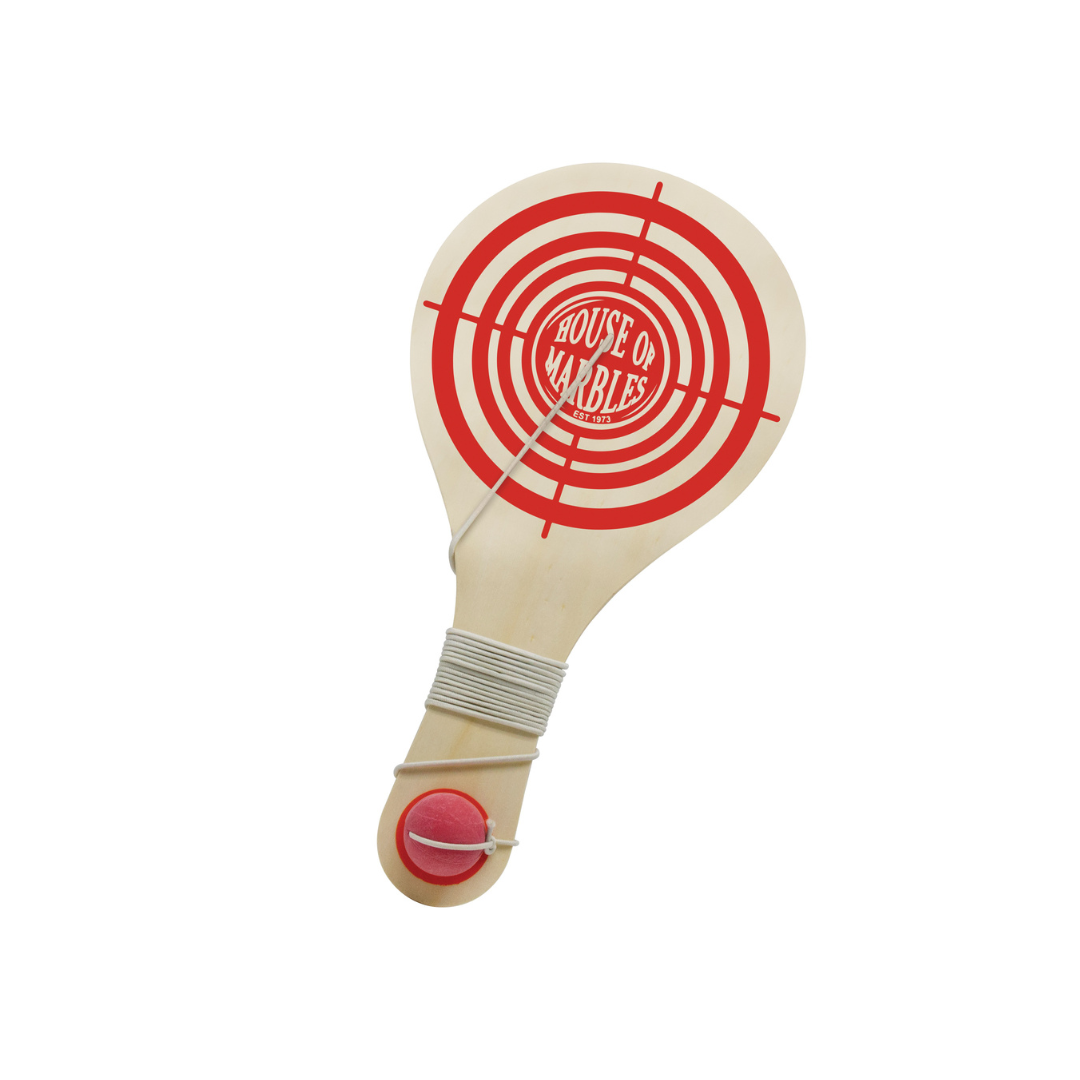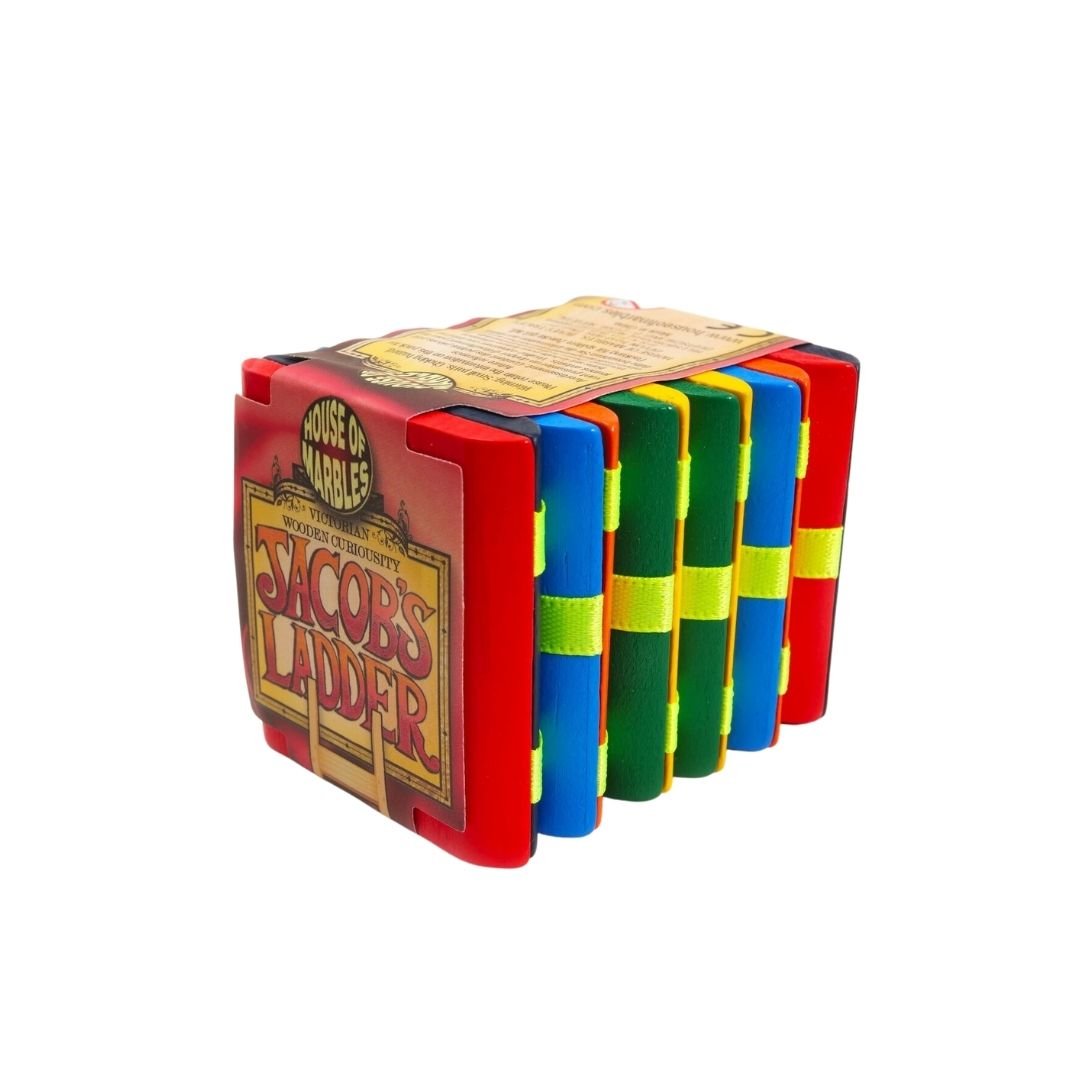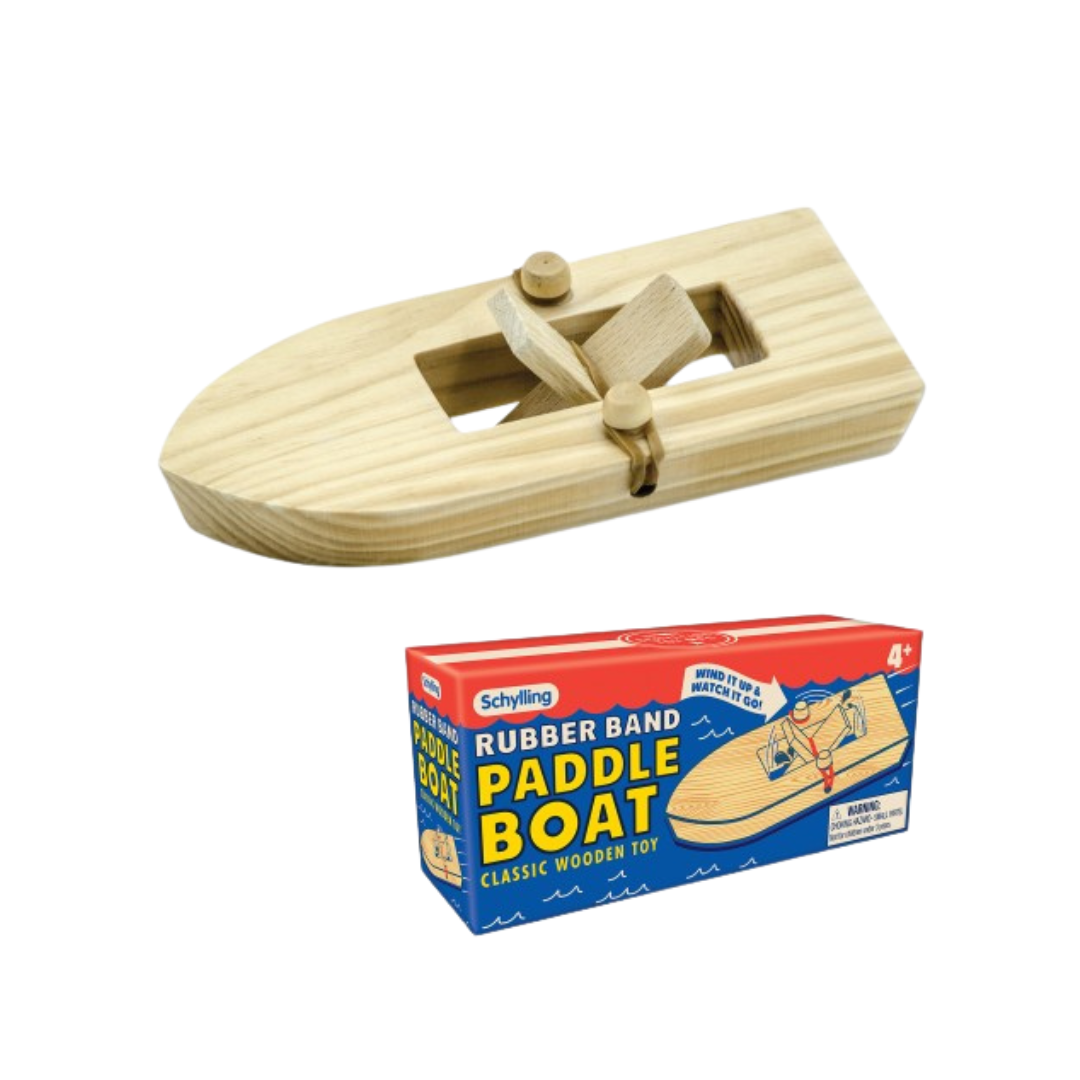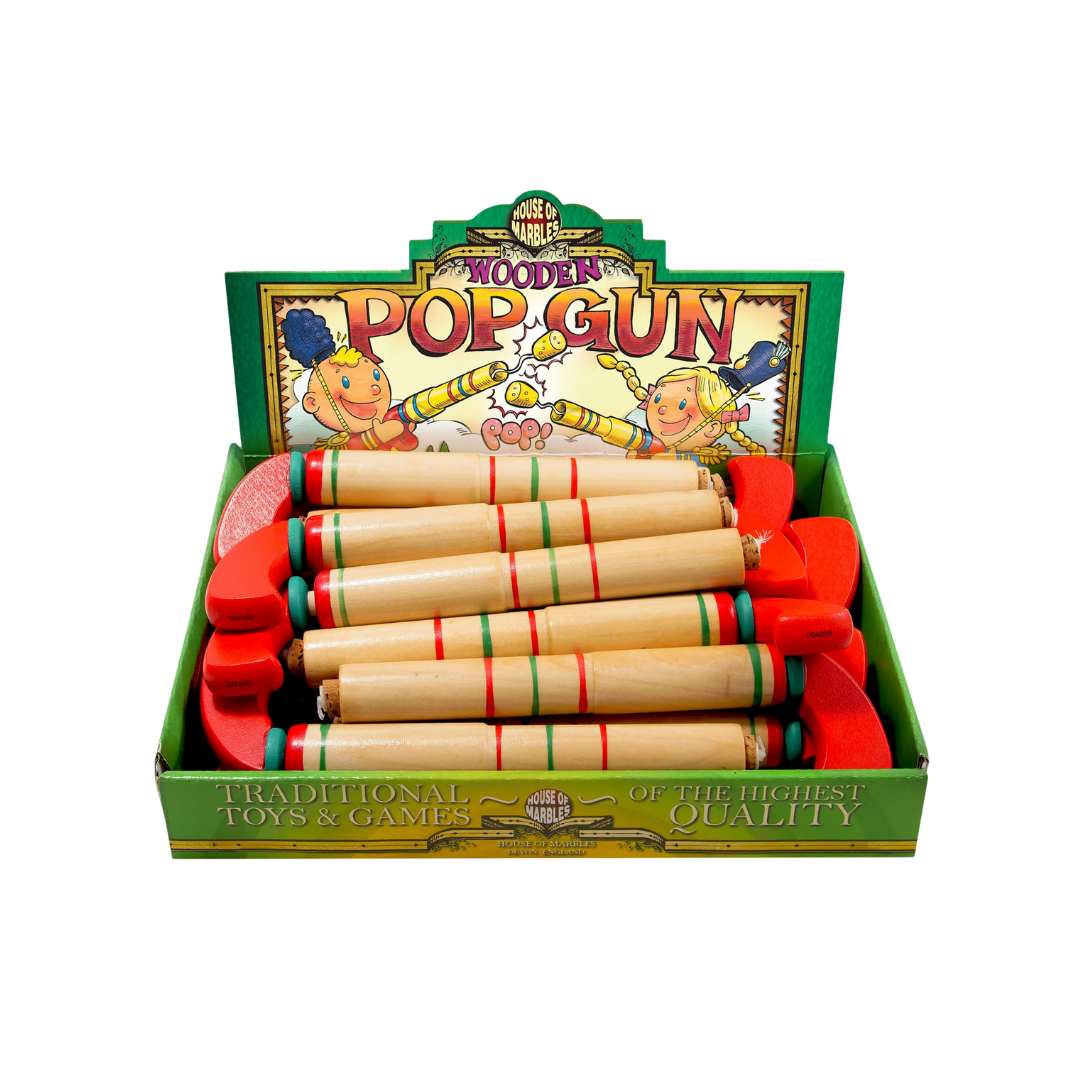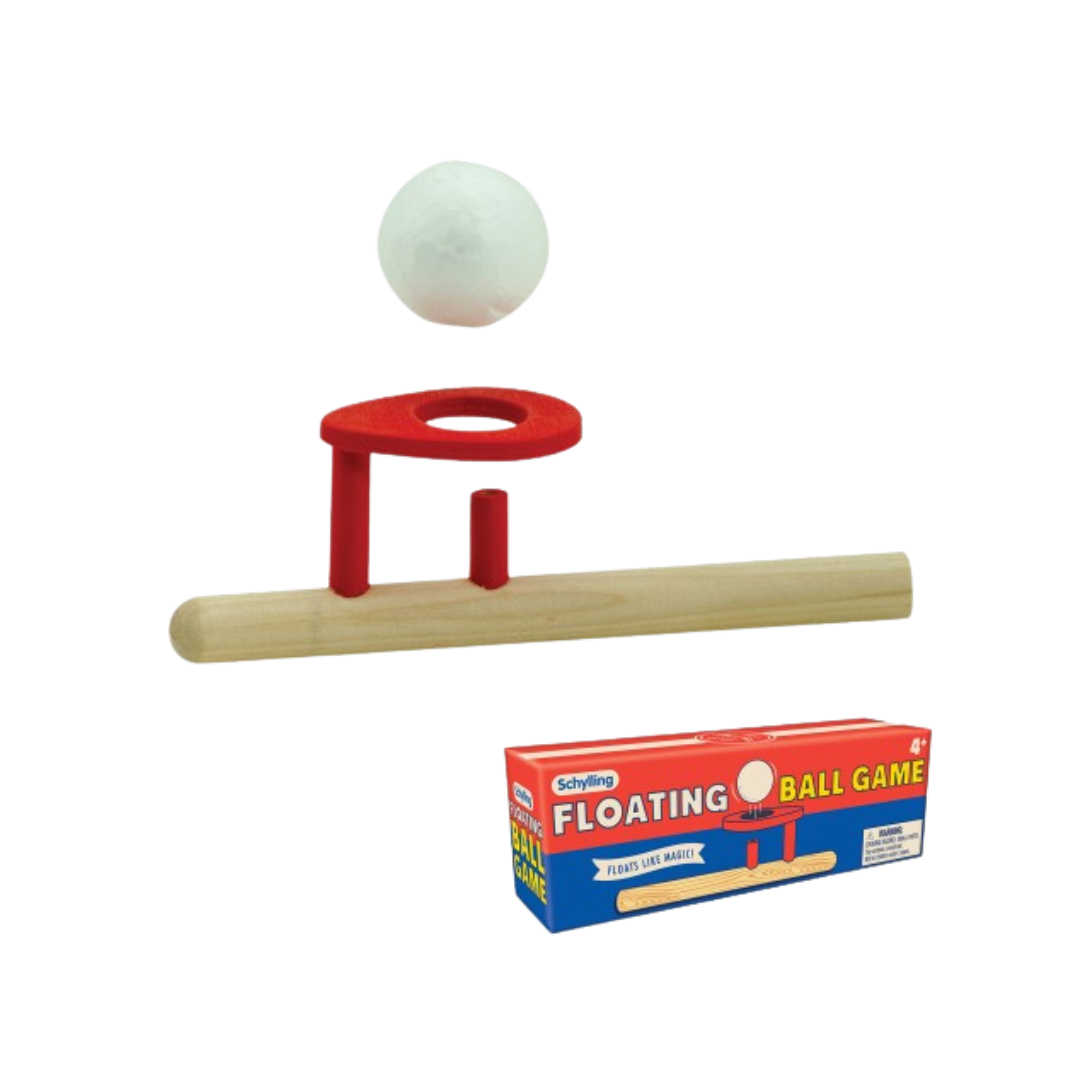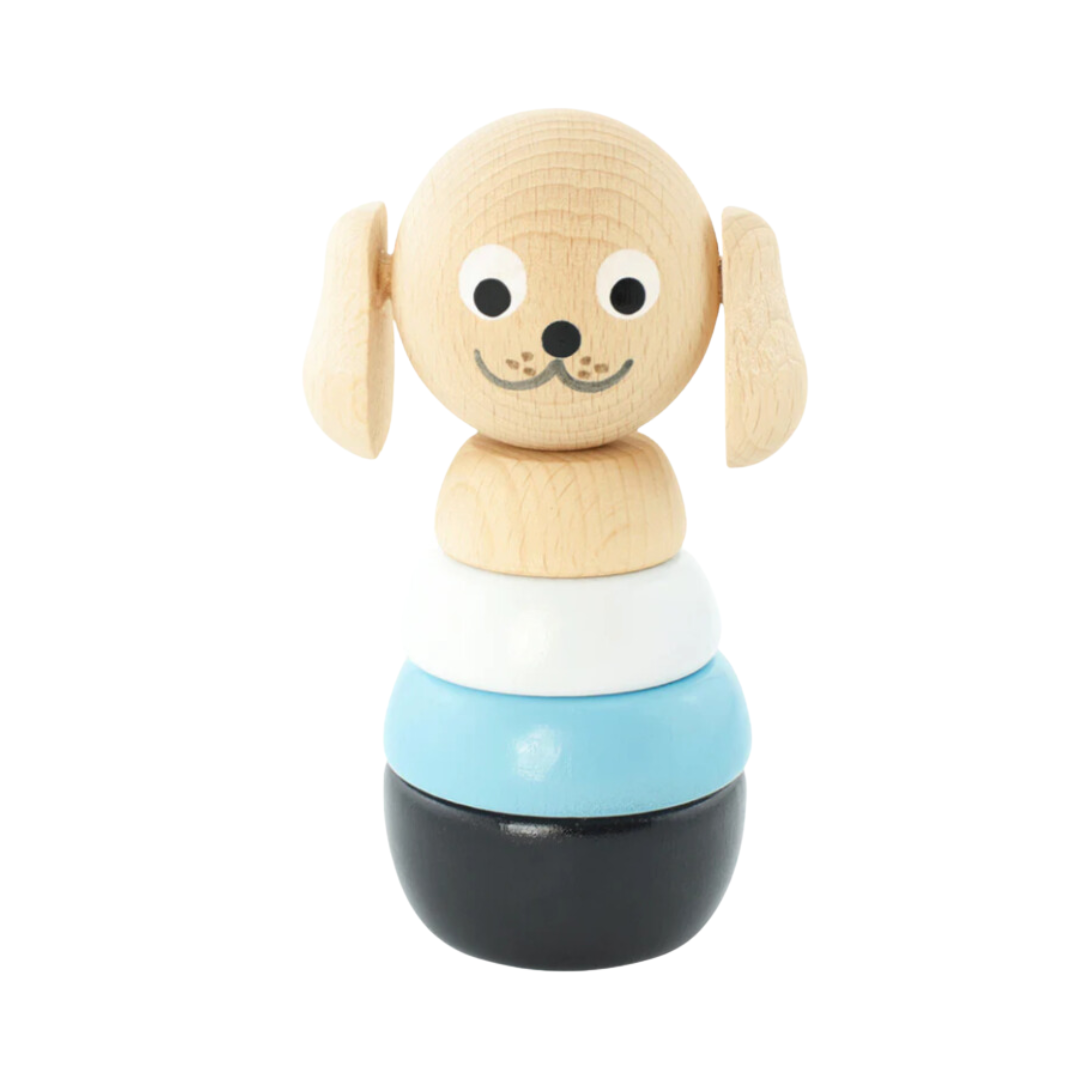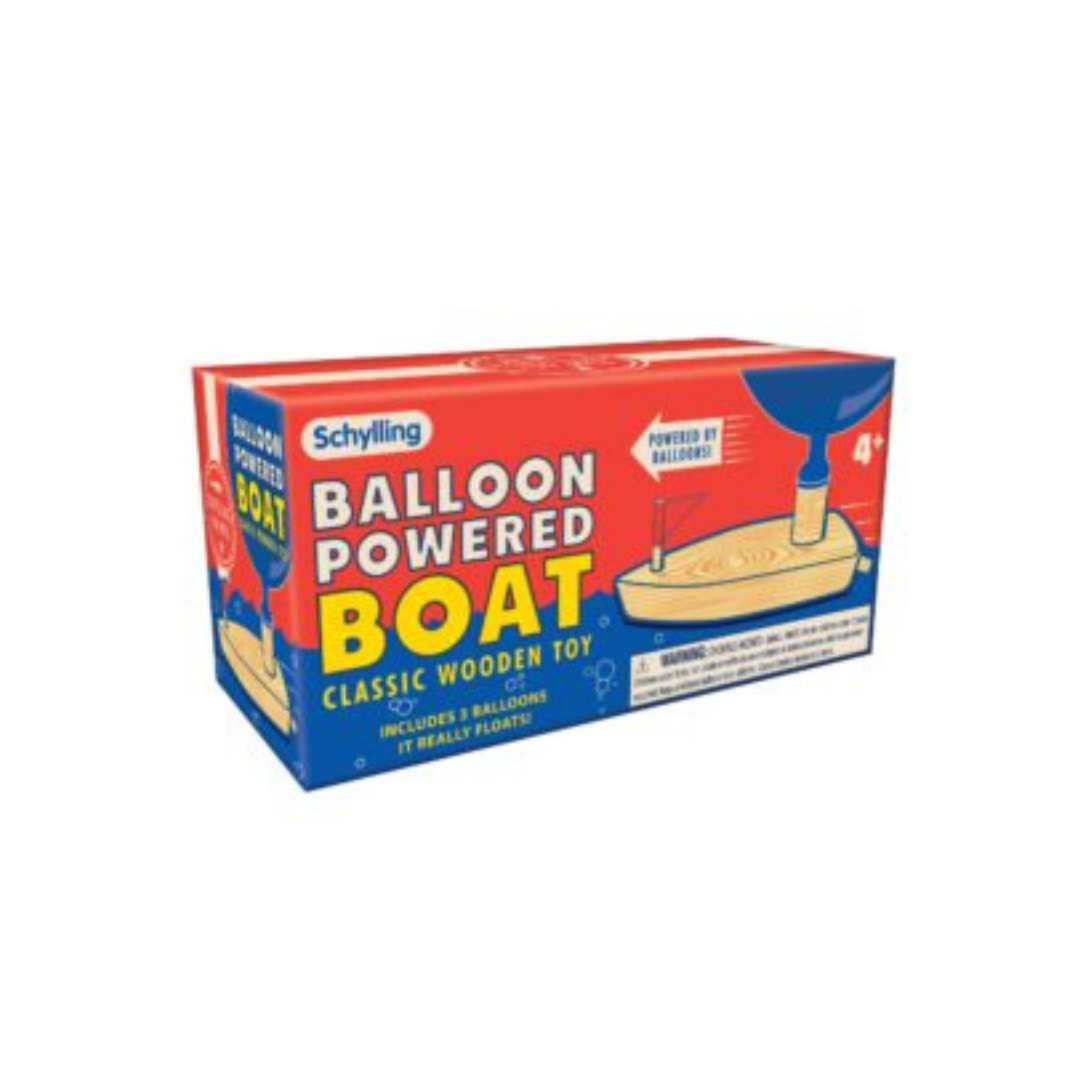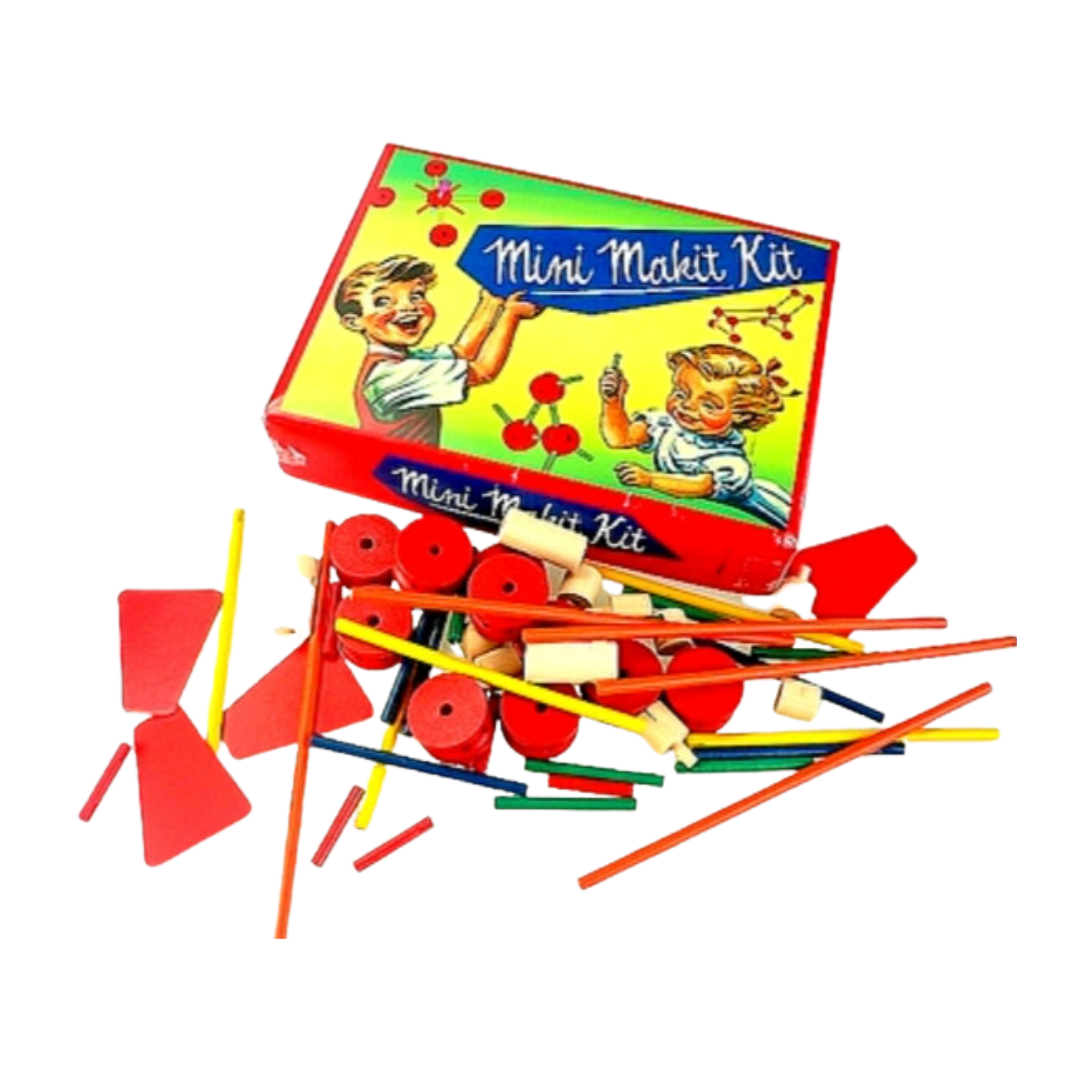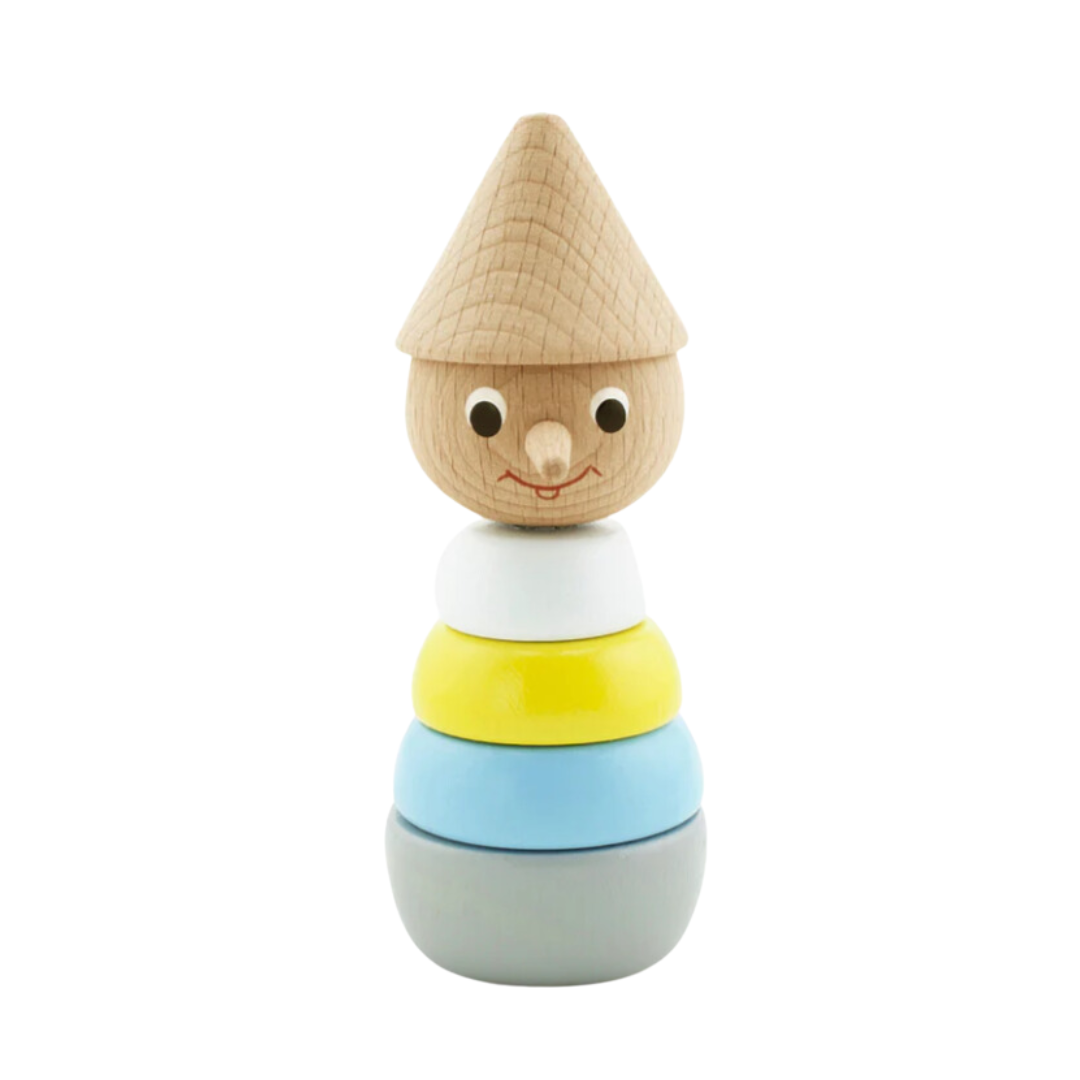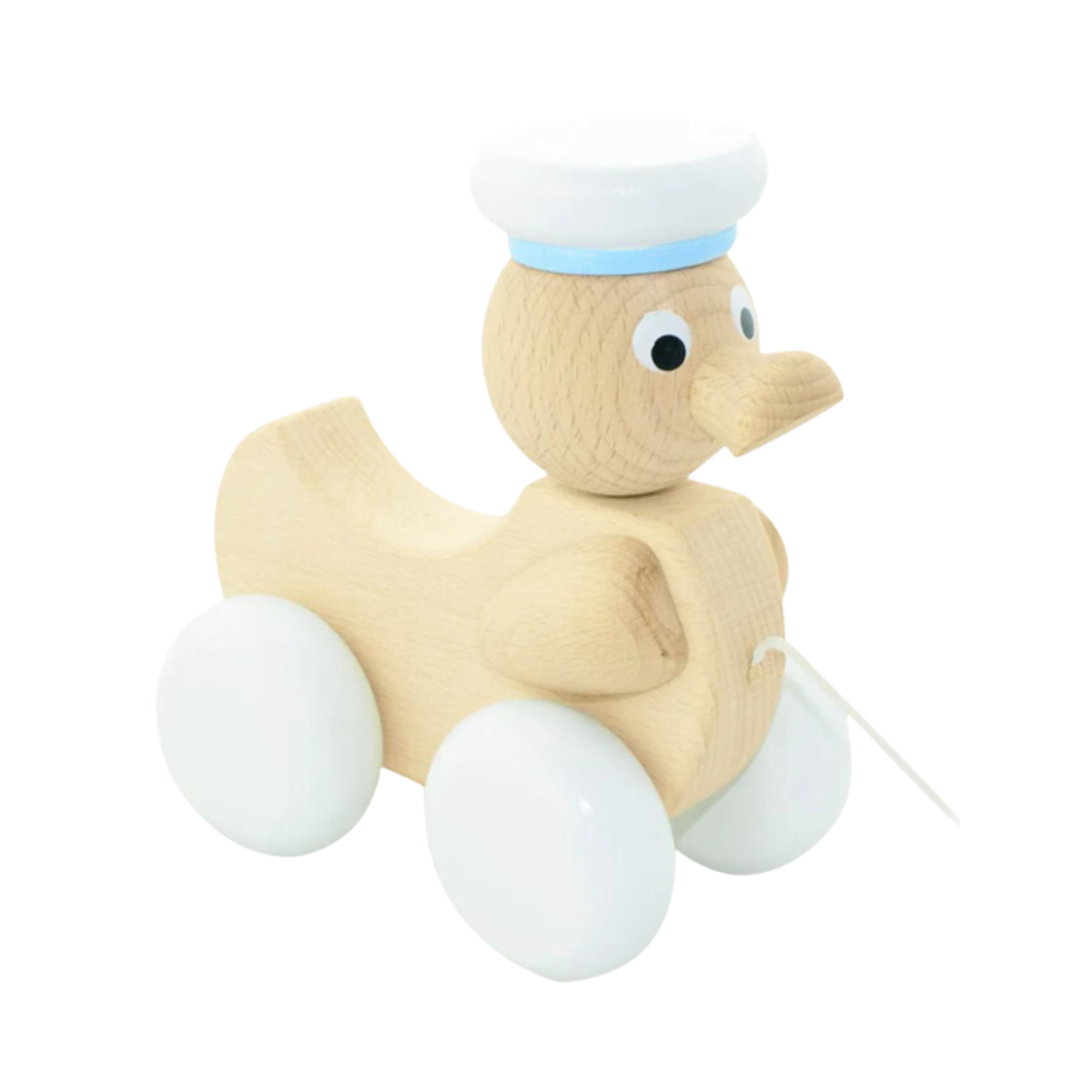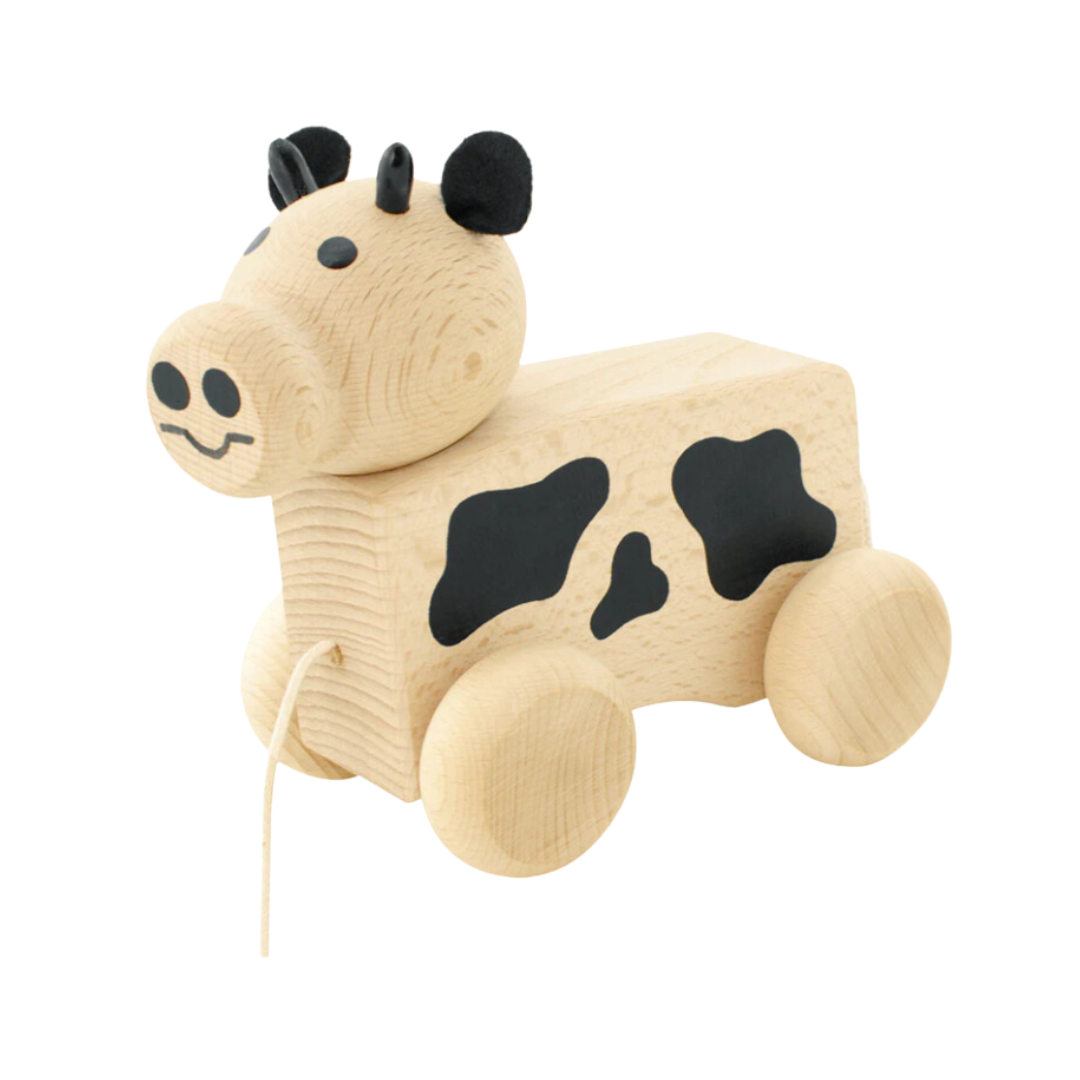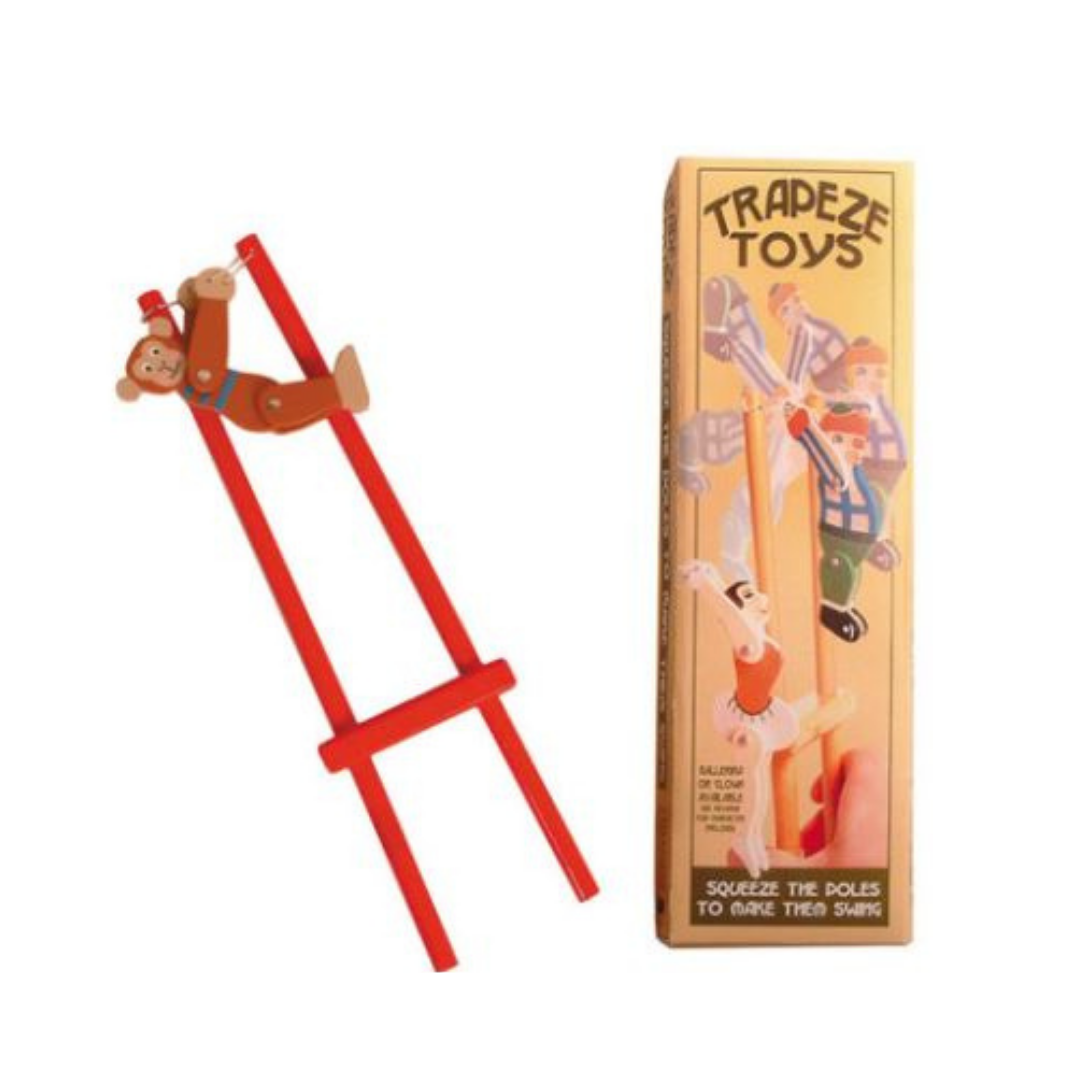Classic Toys | Wooden Toys
Wooden toys have been a constant in children’s lives in households across the world for centuries, never going out of fashion, and always in favour. You’d be hard pushed to find a child’s toybox without a classic, well-built wooden toy or keepsake hiding away, revisited and played with time and time again.
Long ago, in the Roman and Greek Empires, children often played with horses, chariots, dolls, swords, spinning tops and more - all expertly carved from wood.
Fun Fact: Archaeologists have found wooden toys that date back to around 1200BC.
One of the most interesting and significant wooden toy finds was by archaeologists in Egypt who found a wooden toy tiger built with moving parts, believed to be around 2500 years old. When the tail was pulled the mouth would open, which just goes to show the imagination that was put into wooden toys even thousands of years ago.
In Germany during the early 1700s toy makers began to make a variety of toys from all different types of wood, with travelling salesmen selling wooden toys from their horse and carts all over Europe. Many would take orders in advance for special occasions as the popularity for wooden toys grew. Wooden puzzles, transport vehicles, blocks, peg boards and pull along toys were among the most popular.
Pull alongs have been a popular variation of wooden toys since this time, but they haven’t always been made solely of wood. Other materials used to make pull along toys included clay, tin plate and cast iron.
Wooden pull along toys were first mass produced in 1875 in a factory in Massachusetts by the W.S. Reed Toy Company, along with wooden circus toys, sailing boats and paddle boats amongst others. They were best known for the bright colours of the graphics which were made by either lithographed paper glued to the wood or brightly coloured stamped designs. It was these bright colours that sealed the popularity of these simple, yet beautiful toys.
Skipping forward to the early 1900s wooden toy makers started to venture into making more intricate designs such as miniature animals, soldiers and doll houses complete with miniature wooden furniture, all painted in vivid colours and with lifelike details. The most popular wooden toy of them all evolved in the 1930s, with the introduction of wooden trains and train tracks, continuing to be a firm favourite a century later.
The Lego Corporation was surprisingly an early big player in the manufacture of quality wooden toys, before it commenced the production of the ever popular inter-locking plastic bricks. Kirk Christiansen began the now world-famous Lego Company out of his Danish workshop in 1932, with wooden toys being the very first theme from the Lego empire. Plastics were then introduced in 1940, and then finally the Lego that we are all familiar with today was released in 1949.
With the introduction of other plastic toys in the late 20th century, the low price of plastic mass production, and the introduction of electronics, sales of wooden toys saw a steep decline. That was however, until recent years.
There has been a steady increase in wooden toy sales over the last 5 years, as more and more eco-conscious parents are returning to the joy and simplicity of wooden toys.
Parents and grandparents realise that due to the cheap nature of plastic toys, they do not last as long as the more durable wooden toys. They last a few plays before breaking or being discarded, ending up in landfill, taking years to break down. People are now more aware that their production also contributes towards pollutants, and plastic in general is harmful to the environment.
Wood is a recyclable, natural material so it is much better for the environment than plastic. Wooden toys can take much more of a bashing, and you can still get generations of play out of them; a huge advantage … more bang for your buck!
Wooden toys are built solely to intrigue and inspire the imagination of the child playing with them. It is up to the child to decide how far their imagination will take them. There are no flashing lights or sounds interfering with their natural decision making ability or over stimulating them.
As wood is a natural tactile texture it stimulates a child’s senses as they touch it during play. It is said that playing with wooden toys provides a calm and relaxed environment and learning experience for your child.
In this instance, simplicity truly is best. Wooden toys are here to stay. Check out our huge range of wooden toys.

